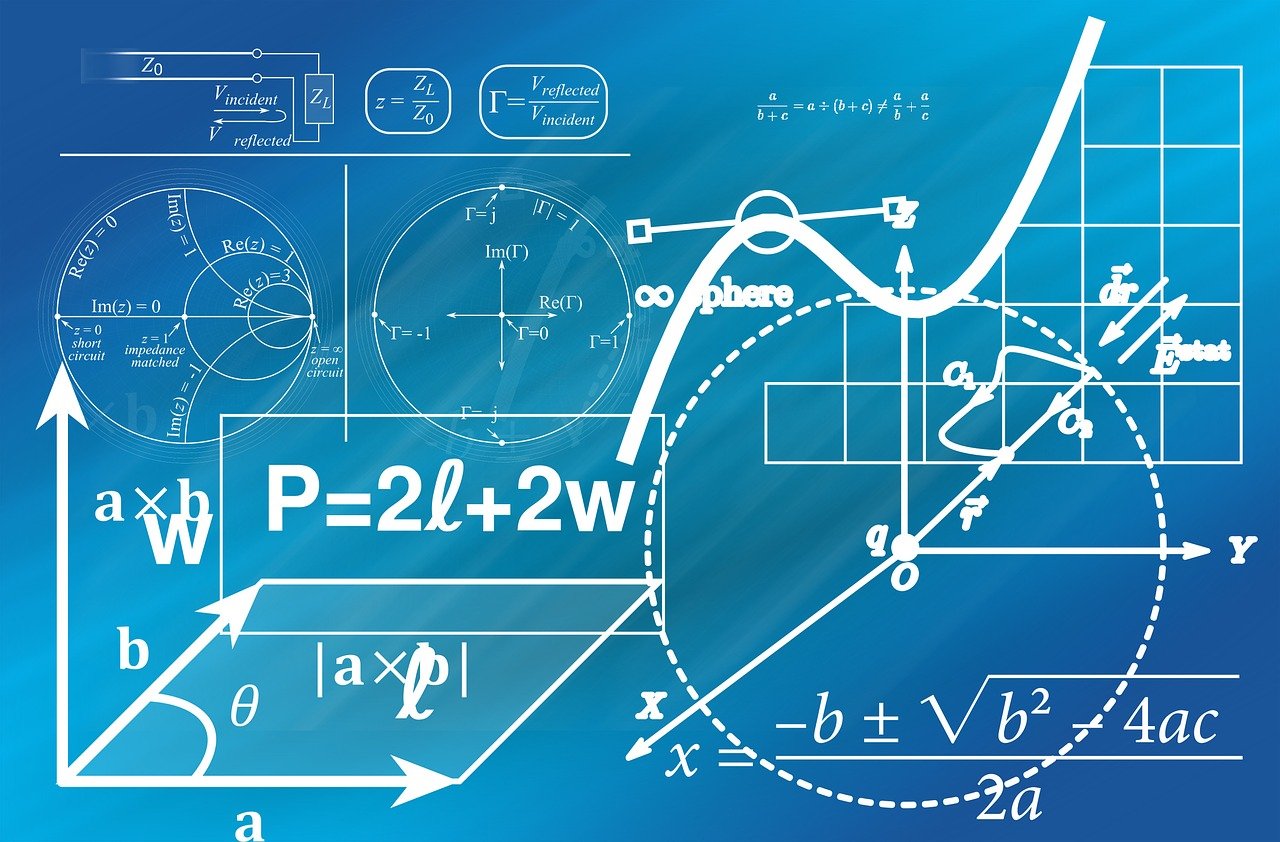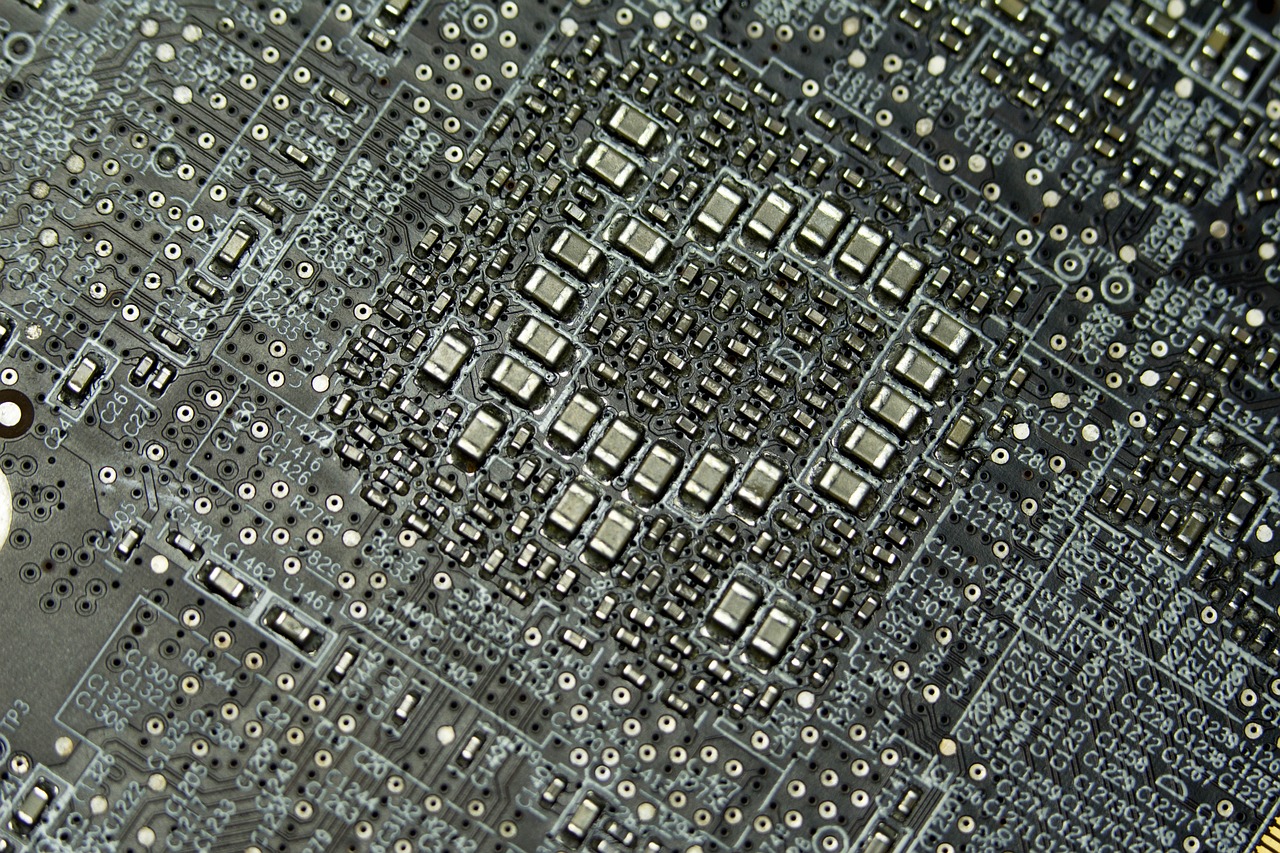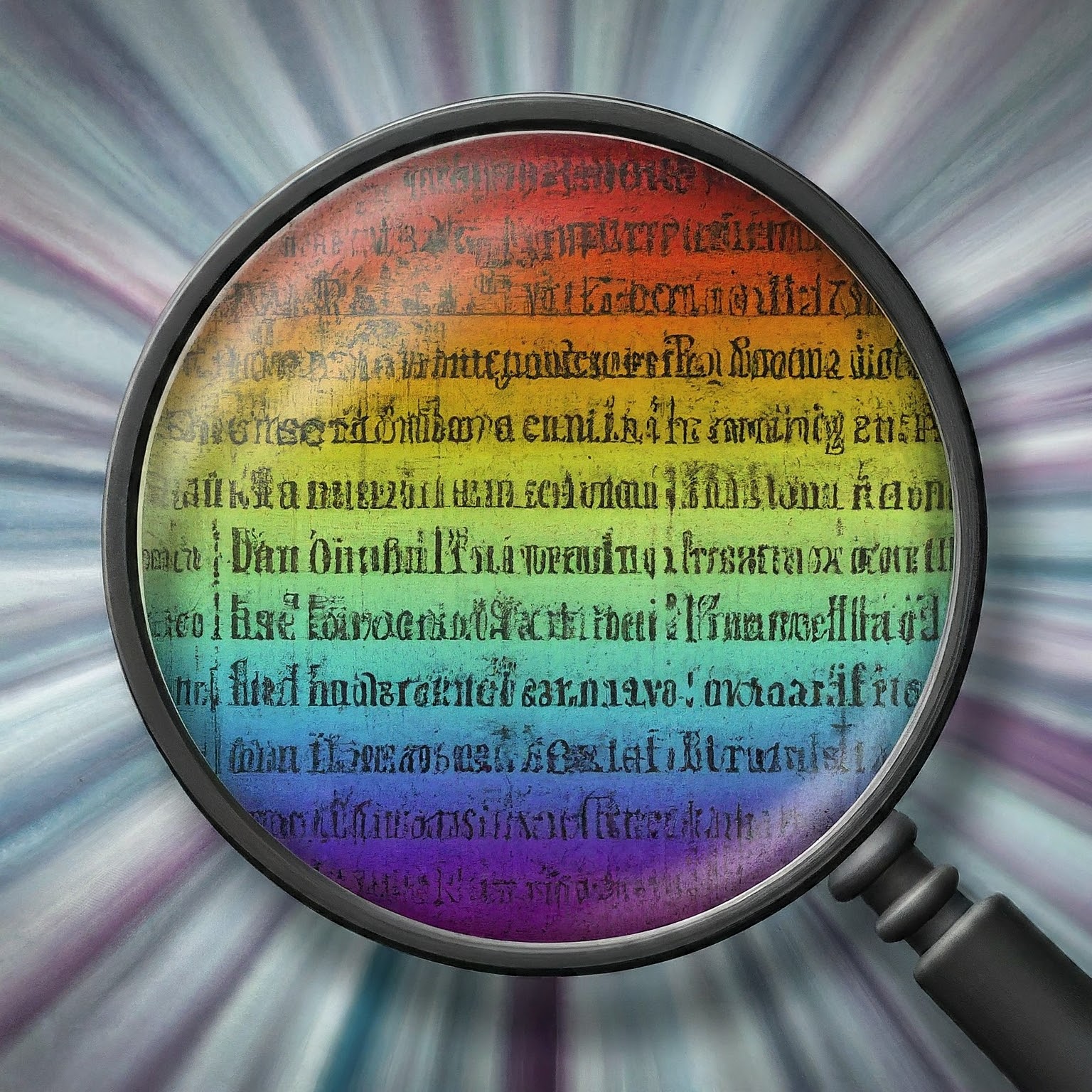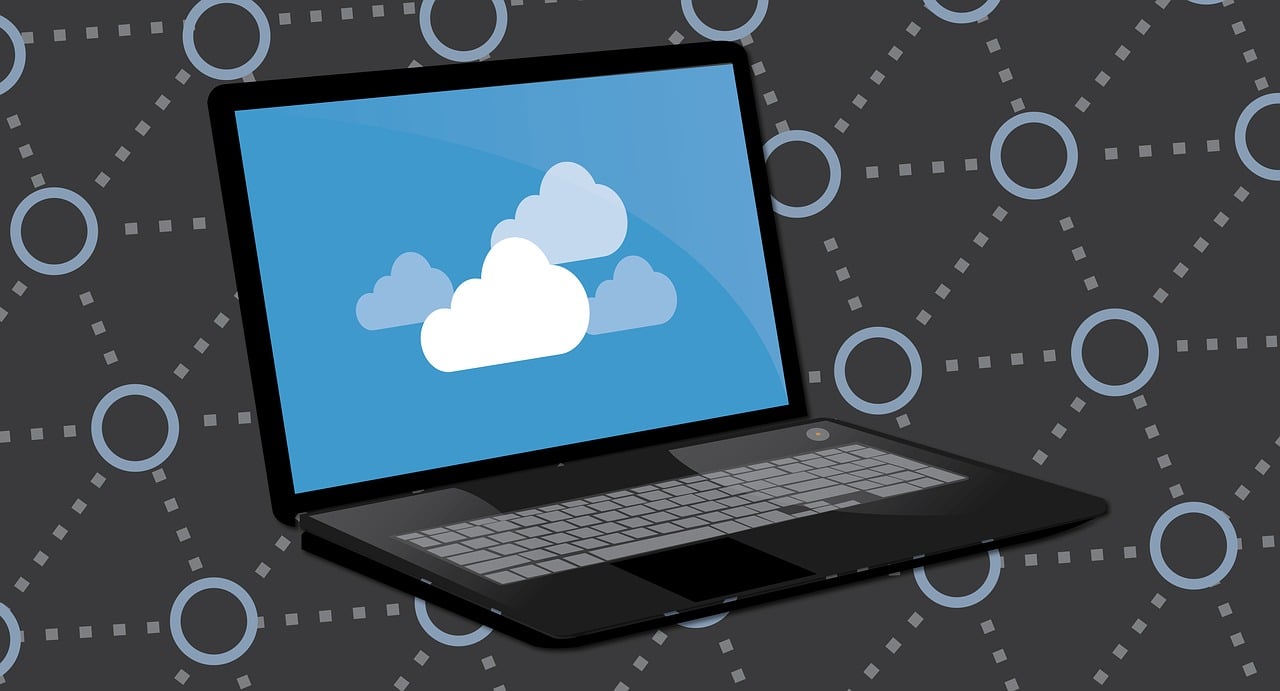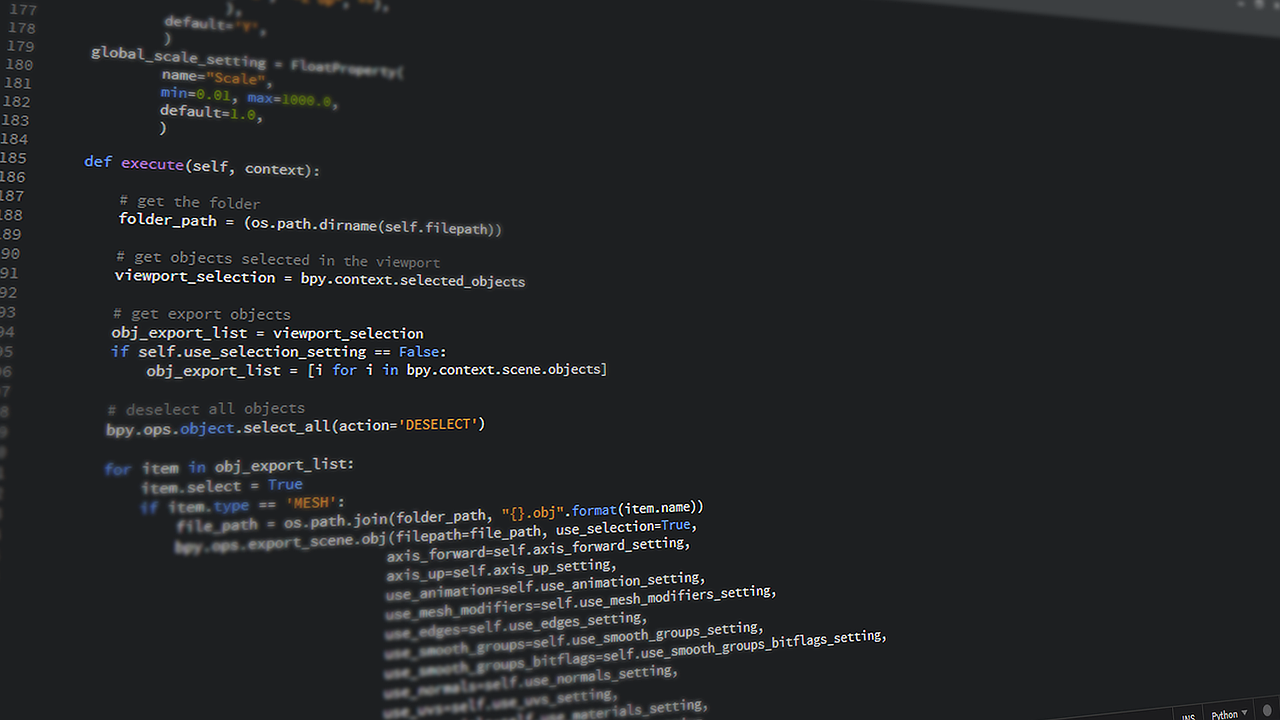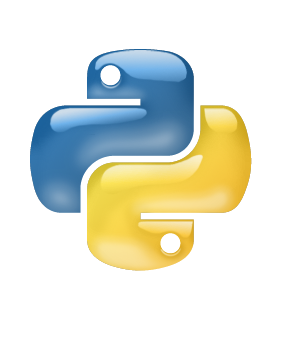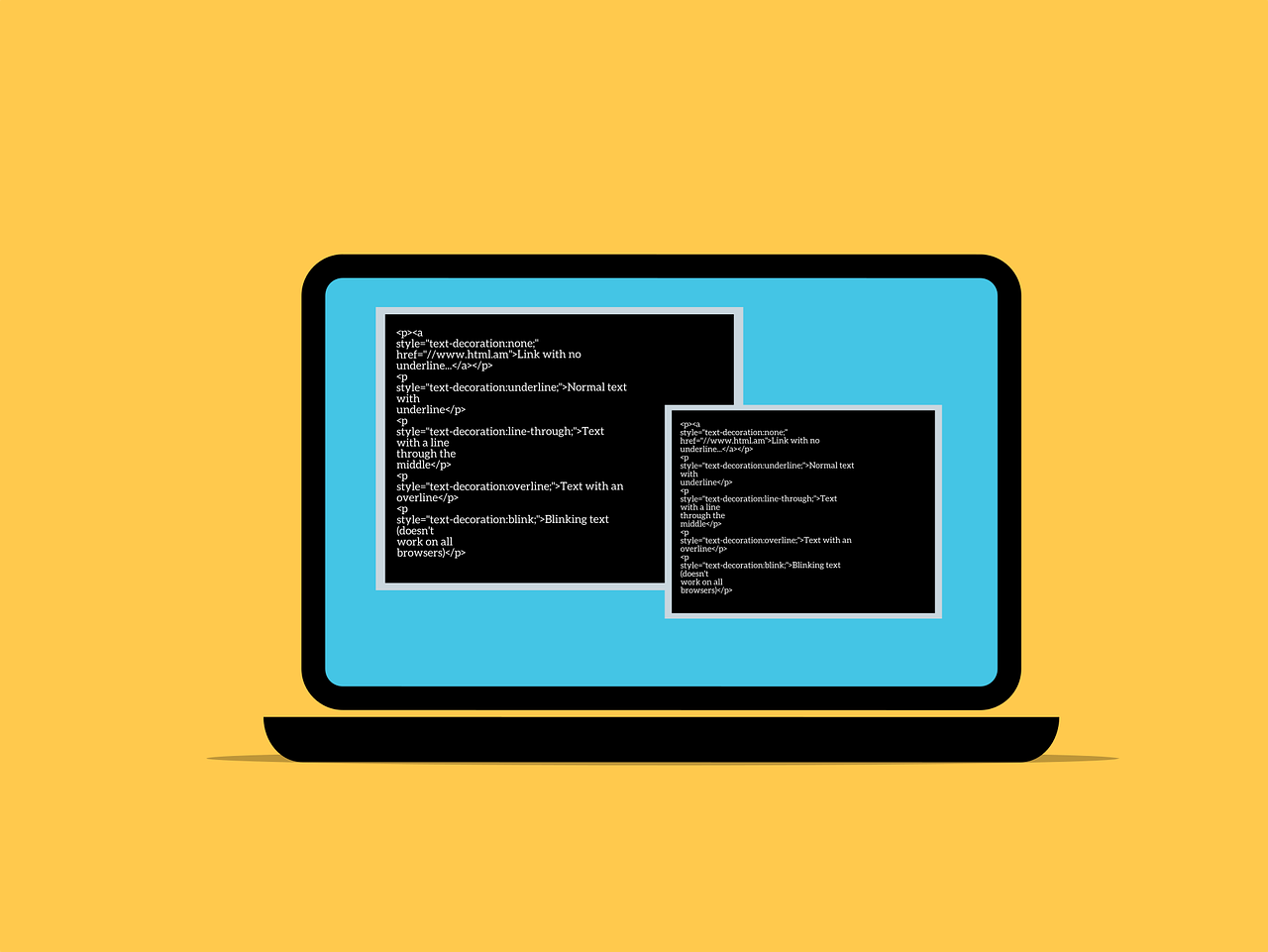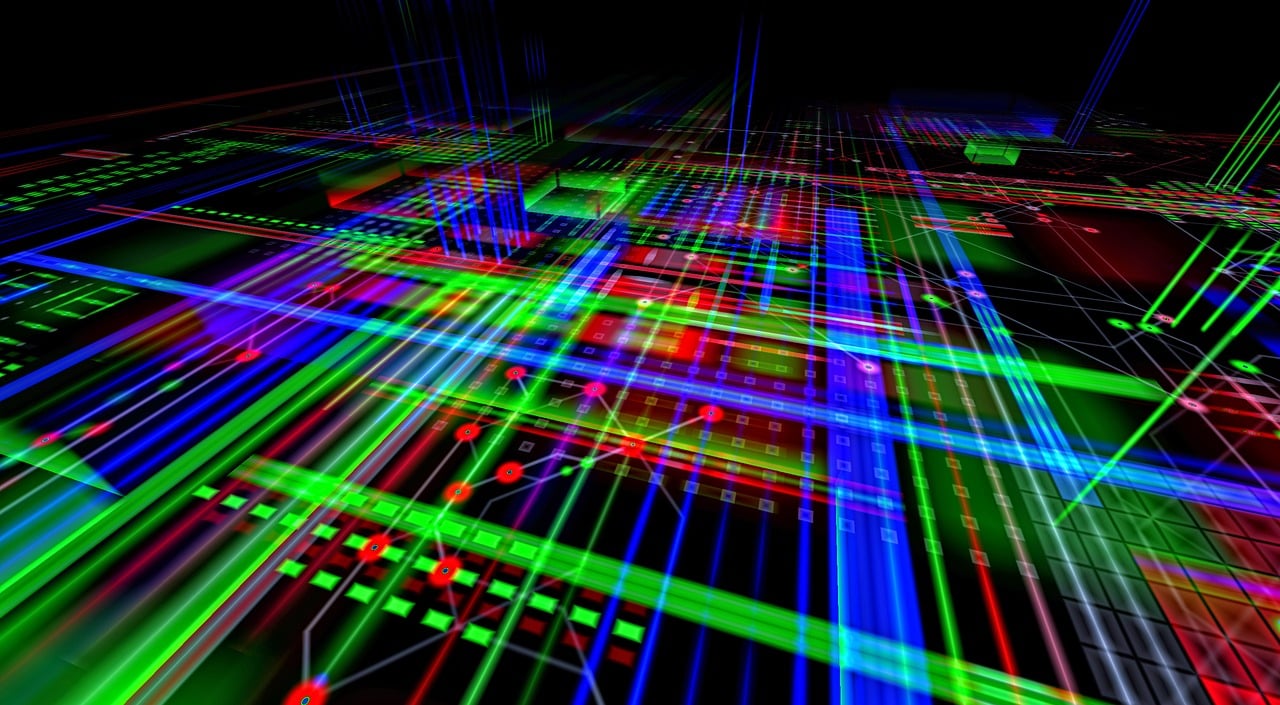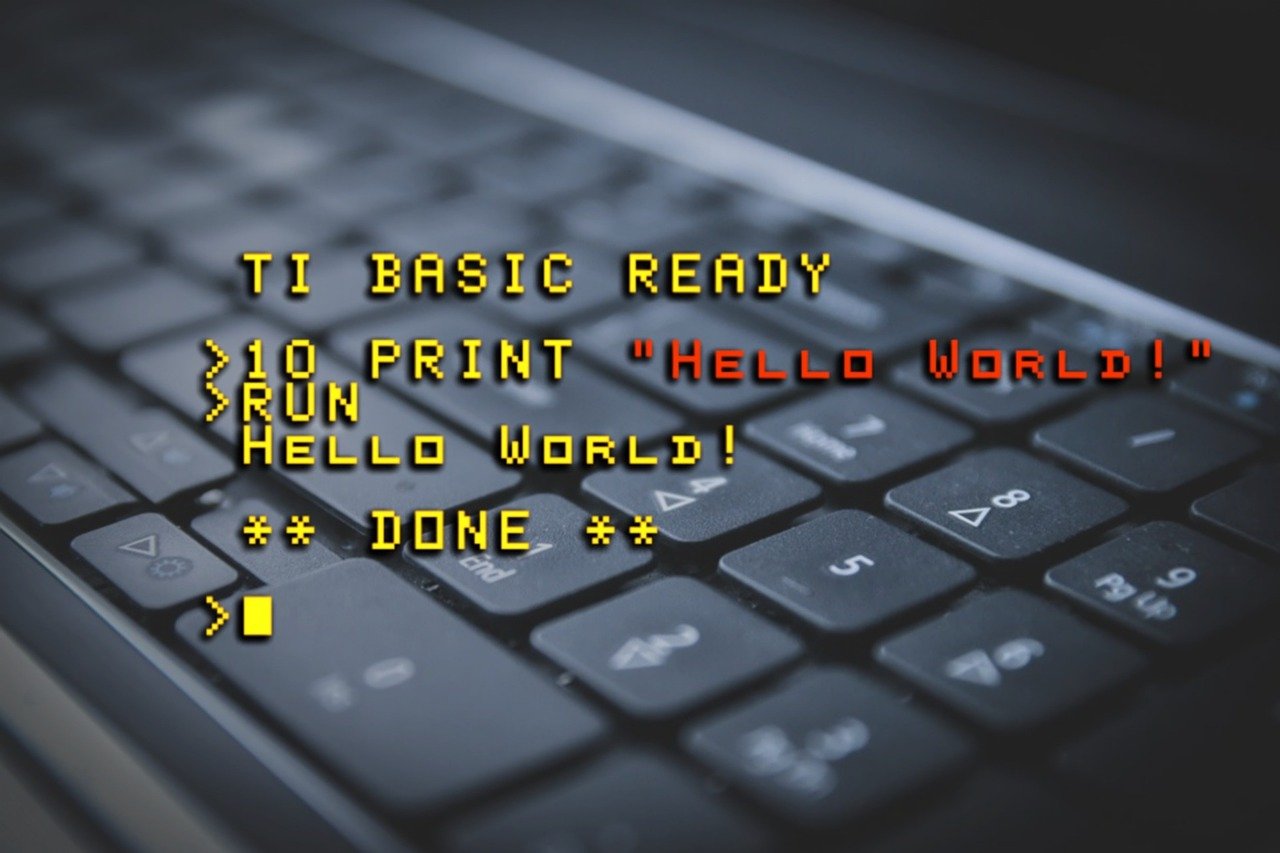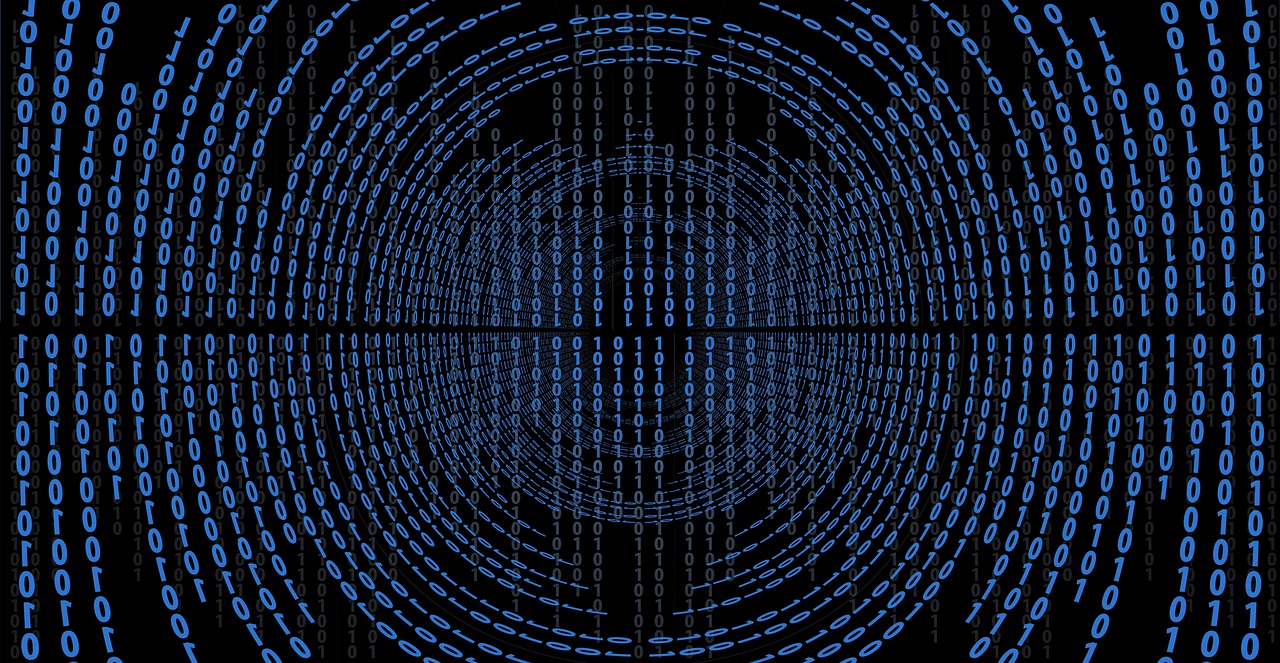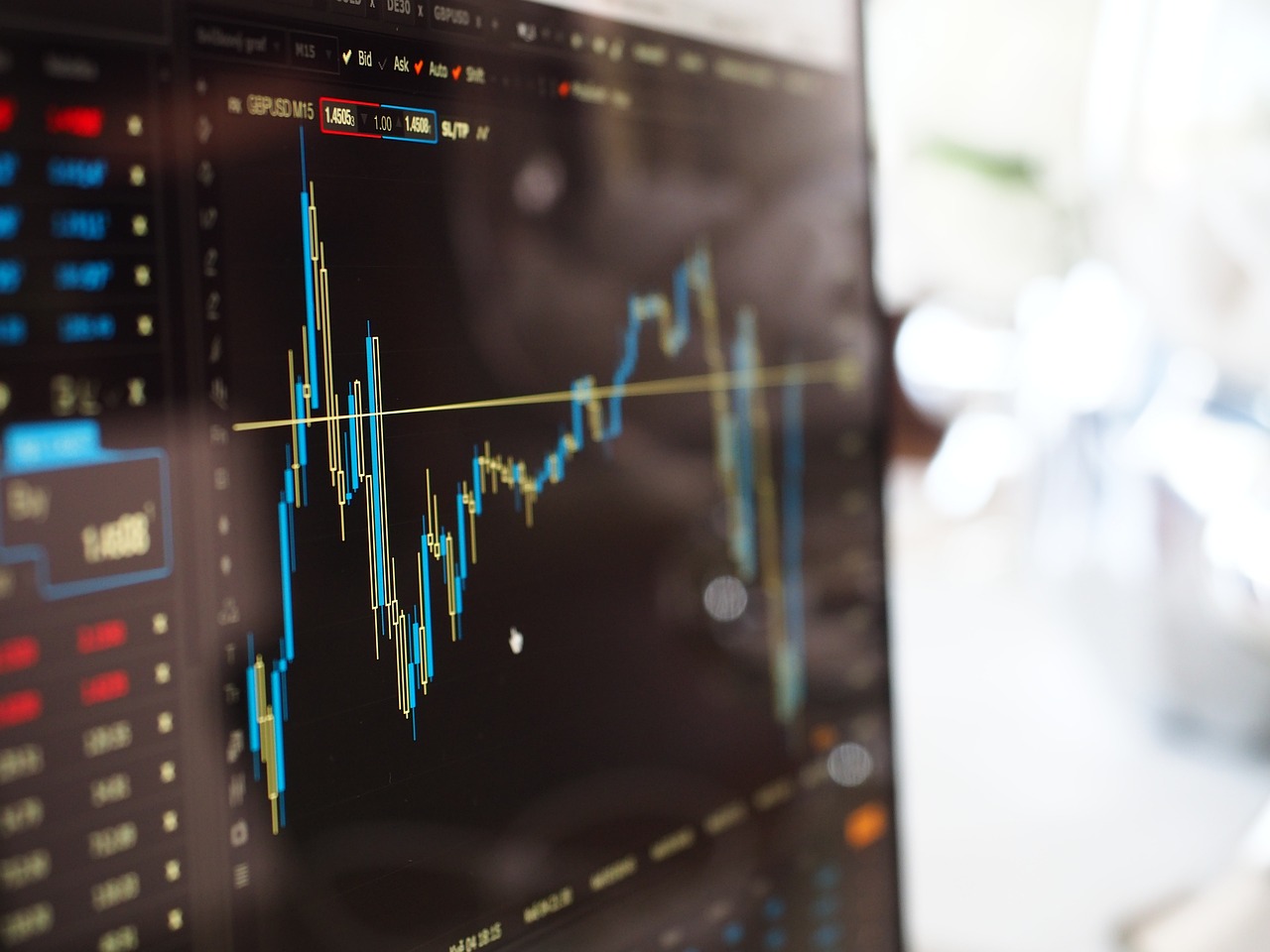
In today's data-driven world, information is king. But raw data, presented in tables and spreadsheets, can be overwhelming and difficult to interpret. This is where data visualization comes to the rescue. By transforming numbers into compelling visuals like charts, graphs, and maps, data visualization unlocks valuable insights and empowers informed decision-making.
What is Data Visualization?
Data visualization is the art and science of representing data in a visual format that is easy to understand and interpret. It allows viewers to see patterns, trends, and relationships that might be hidden within raw data sets.
Benefits of Data Visualization:
Enhanced Clarity and Understanding: Visual representations simplify complex data, making it easier for audiences, regardless of technical expertise, to grasp the information.
Identification of Patterns and Trends: Charts and graphs readily reveal patterns and trends that might go unnoticed in spreadsheets. This allows for the identification of cause-and-effect relationships and the forecasting of future outcomes.
Improved Communication and Storytelling: Data visualizations are powerful communication tools. Compelling visuals can effectively communicate complex ideas and tell a clear story with the data, engaging the audience and fostering better understanding.
Data Exploration and Discovery: Visualization allows for interactive exploration of data, enabling users to uncover hidden insights and connections they might not have identified through traditional analysis methods.
Increased Retention and Memory: Studies show that people retain information presented visually much better than text alone. Data visualizations make information more memorable and impactful.
Effective Decision-Making: By presenting data in a clear and concise way, data visualization empowers informed decision-making. Stakeholders can quickly assess the situation, identify key issues, and make data-driven choices.
Applications of Data Visualization:
Data visualization has a wide range of applications across various industries and fields:
The Future of Data Visualization:
Data visualization is a constantly evolving field. As technology advances, we can expect to see even more interactive and sophisticated visualization tools that leverage artificial intelligence and machine learning. These advancements will further enhance our ability to unlock the power of data and gain deeper insights from the ever-growing ocean of information.
Conclusion:
Data visualization is a transformative tool that has revolutionized our ability to understand and interact with data. By transforming complex information into clear and engaging visuals, it empowers communication, fosters data exploration, and ultimately, leads to better decision-making. As data continues to play an increasingly central role in our world, data visualization will undoubtedly remain an essential tool for navigating the information age.
Your email address will not be published. Required fields are marked *

